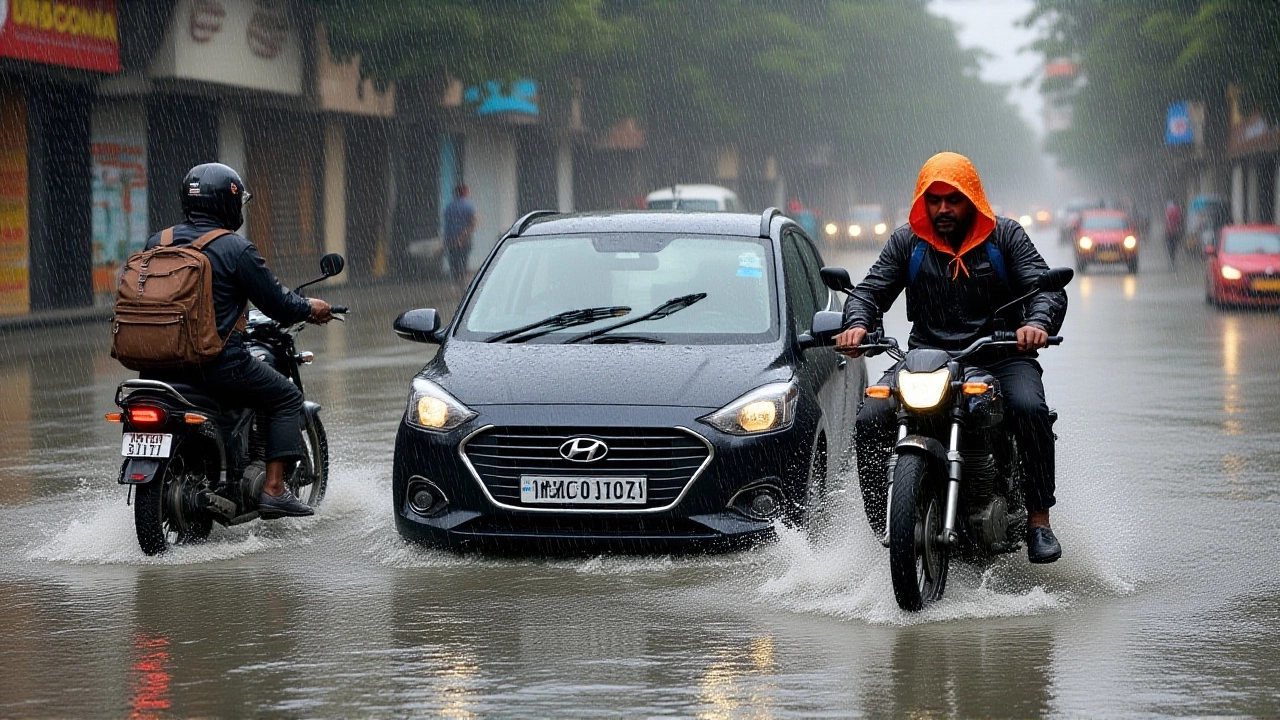India Meteorological Department
When talking about India Meteorological Department, the official agency that tracks weather, climate and atmospheric conditions across the country. Also known as IMD, it issues reports that affect travel, farming, disaster response and daily planning.
One of the core services is Weather Forecast, short‑term predictions of temperature, rainfall and wind for cities and villages. These forecasts help commuters decide whether to carry an umbrella or switch routes. The same department also runs Monsoon Monitoring, a seasonal analysis that tracks the arrival, intensity and movement of the Southwest monsoon, which is crucial for agriculture and water management.
India Meteorological Department runs a dedicated Cyclone Warning System, an alert network that tracks tropical cyclones, predicts their paths and issues early warnings to coastal regions. When a storm forms in the Bay of Bengal or Arabian Sea, the system triggers alerts that let authorities close schools, secure ports and evacuate vulnerable communities.
Beyond daily alerts, the agency conducts Climate Research, long‑term studies of temperature trends, greenhouse gas levels and extreme weather events. These studies feed into national policy on climate change, helping planners set emission targets and adapt infrastructure.
Data dissemination is another pillar. IMD operates a public portal, mobile apps and radio bulletins that share real‑time observations, forecast maps and historical archives. By making information openly available, farmers can plan sowing, traders can hedge against price swings, and tourists can pick the best days for travel.
The department doesn’t work in a vacuum. It collaborates with the Indian Space Research Organisation for satellite imagery, with state disaster management bodies for on‑ground coordination, and with international agencies like the World Meteorological Organization to align standards.
Technology drives accuracy. Weather radars, Doppler systems, and a network of over 800 surface stations collect minute‑by‑minute data. These inputs feed sophisticated computer models that simulate atmospheric dynamics, improving forecast reliability.
Historical records kept by IMD date back to the 19th century. Researchers use this archive to spot climate trends, such as rising average temperatures or shifting monsoon onset dates, informing both scientific papers and government reports.
For everyday users, the value is simple: you get a heads‑up before a heavy downpour, a warning before a cyclone makes landfall, and insight into long‑term climate shifts that affect food security and health. All of this stems from the department’s layered approach that blends short‑term alerts with long‑term research.
Below you’ll find a curated collection of articles that dig deeper into how the India Meteorological Department’s forecasts, monsoon analyses, cyclone alerts and climate studies impact various aspects of life in India. Browse through to see real‑world examples, expert commentary and practical tips you can apply right away.
IMD Warns of Heavy Rain & Thunderstorms in Eastern & Central India
The India Meteorological Department issued alerts for heavy to extremely heavy rain and thunderstorms across eastern and central India from Oct 5‑7, urging caution for flooding and traffic disruptions.
full article